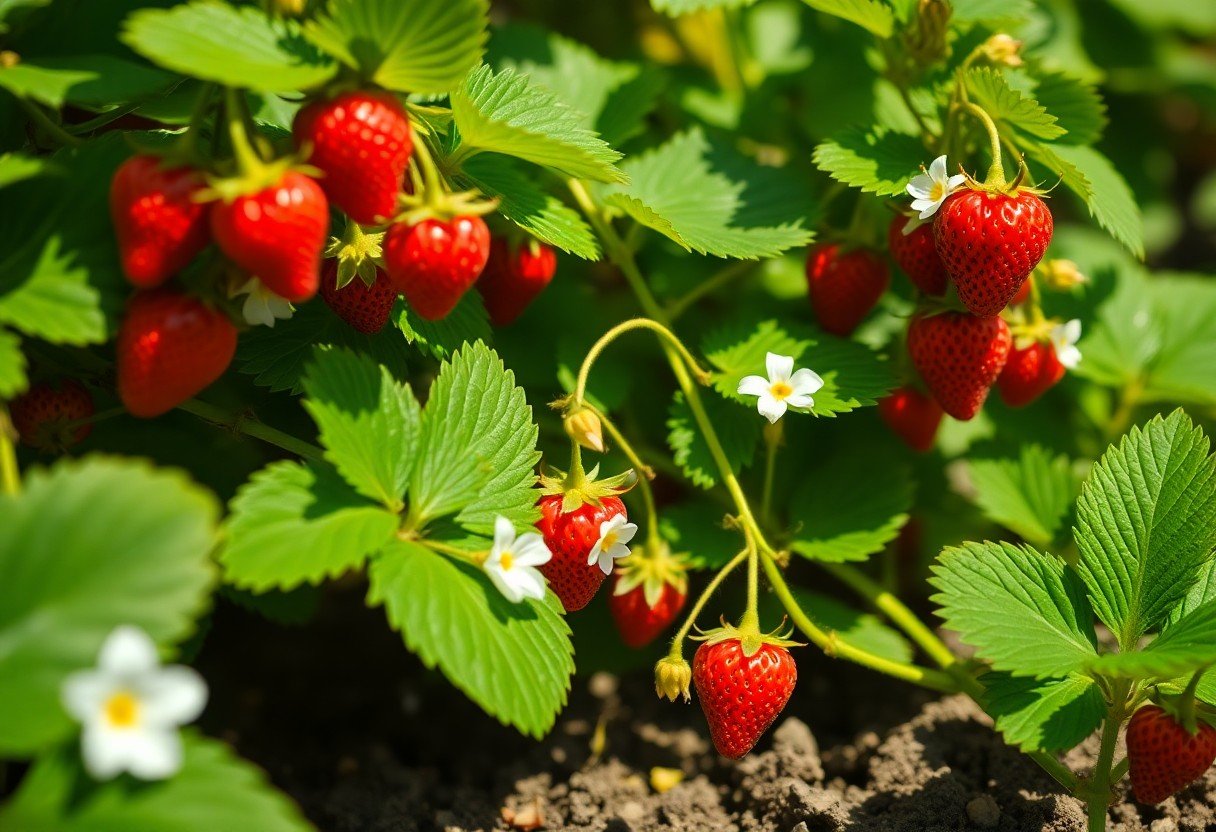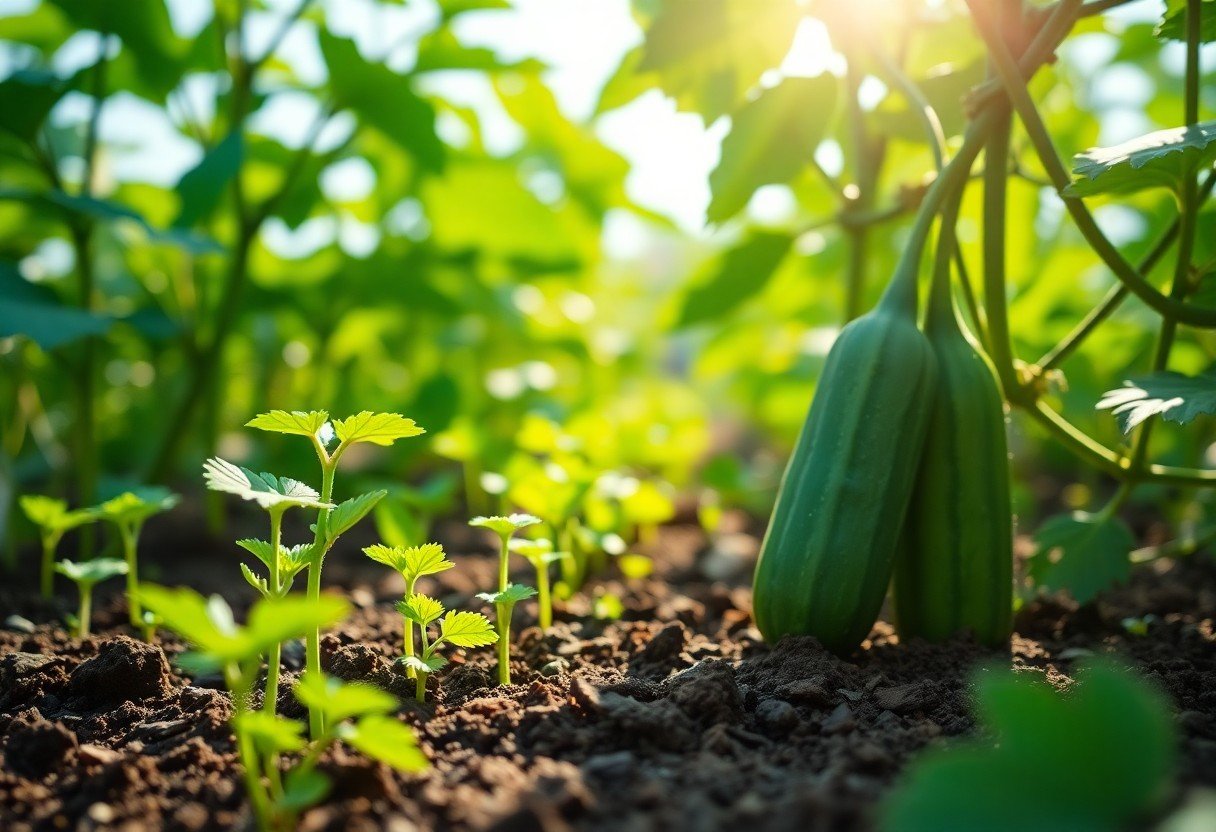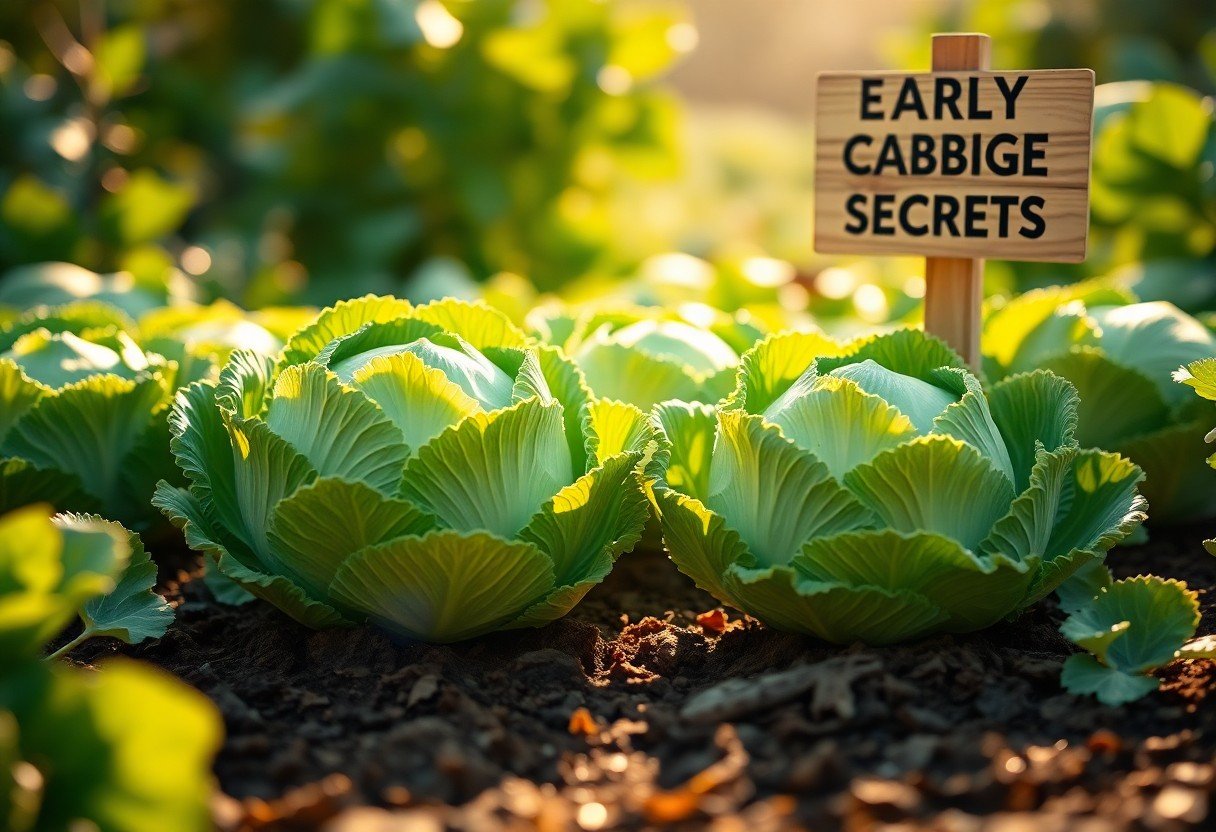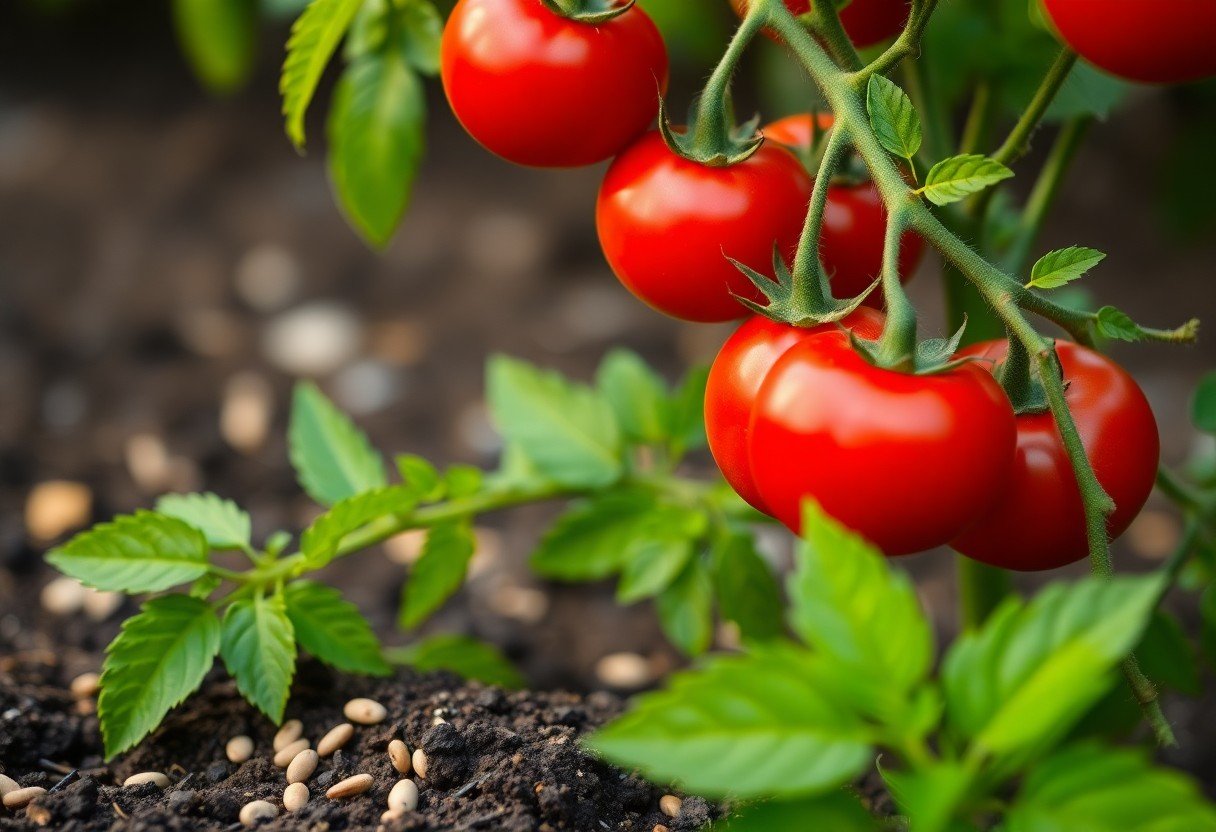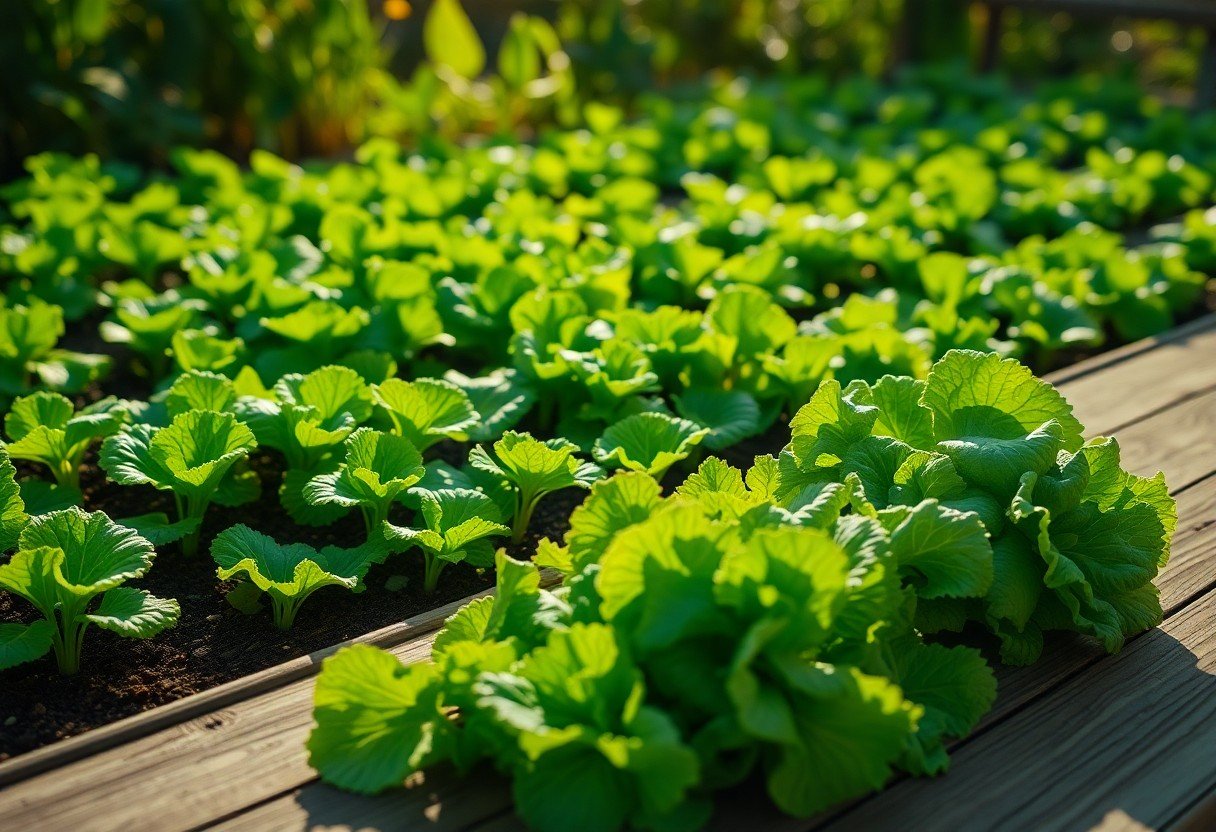Harvest the power of knowledge as you initiate on a journey to cultivate the perfect tomato. In this ultimate guide, you will discover everything you need to know—from selecting the right seeds to nurturing your plants and finally enjoying a bountiful harvest. With expert tips and practical advice, you’ll transform your gardening skills and savor the delicious rewards of your hard work. Get ready to grow your green thumb and revel in the joy of homegrown tomatoes!
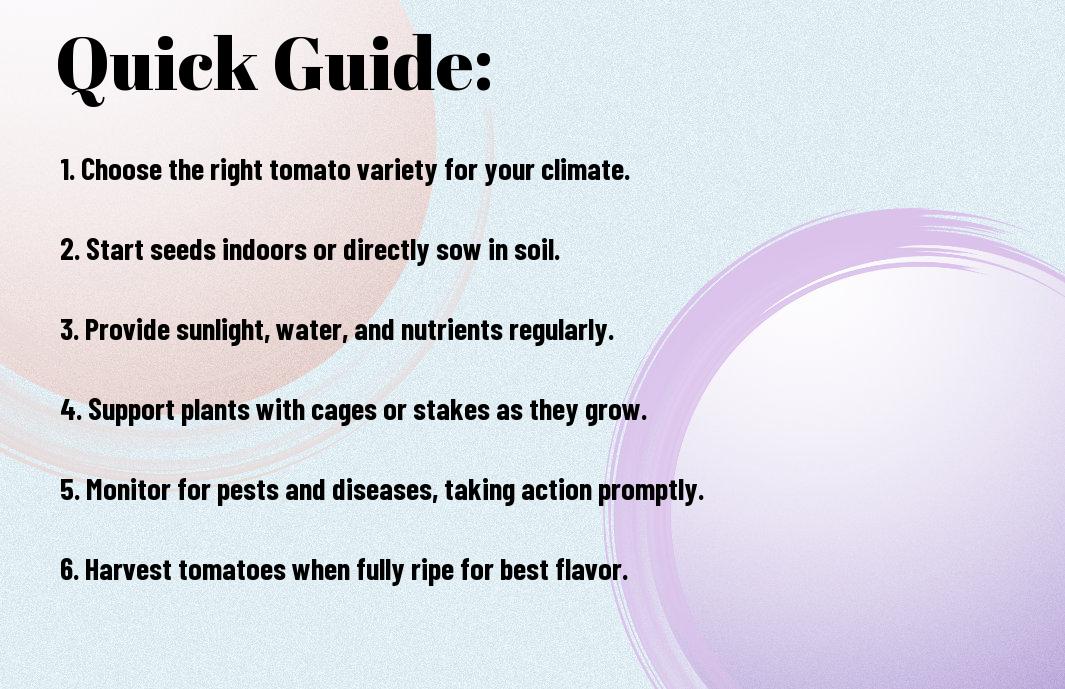
Types of Tomatoes
Your journey into the world of tomatoes will lead you to discover a variety of types, each with unique flavors, sizes, and purposes in your garden. Below is a detailed list to help you identify the tomato types that best suit your needs:
- Cherry Tomatoes
- Plum Tomatoes
- Beefsteak Tomatoes
- Grape Tomatoes
- Green Tomatoes
Knowing the characteristics of each type will aid you in selecting the right tomatoes for your culinary adventures and garden layout.
| Type | Description |
|---|---|
| Cherry | Small, sweet, and perfect for snacking or salads. |
| Plum | Dense and meaty, ideal for sauces and canning. |
| Beefsteak | Large, juicy, and great for sandwiches and burgers. |
| Grape | Similar to cherry tomatoes but more oblong, often used in salads. |
| Green | Harvested before ripening; they have a unique tangy flavor. |
Determinate vs. Indeterminate
The distinction between determinate and indeterminate tomatoes is vital for understanding their growth habits. Determinate tomatoes grow to a certain height and produce a large crop all at once before dying back. They are perfect for gardeners looking to harvest early or those with limited space, as they tend to be bushier and require less staking.
Indeterminate tomatoes, on the other hand, continue to grow and produce fruit throughout the growing season until frost kills them. This type of tomato needs more support and care but rewards you with continual harvests of fresh tomatoes over an extended period. Choosing between these two will depend heavily on your gardening style and how you plan to use the tomatoes.
Heirloom vs. Hybrid
Clearly, understanding the differences between heirloom and hybrid tomatoes is key to making informed gardening choices. Heirloom tomatoes are open-pollinated varieties passed down through generations. They are renowned for their rich flavors and stunning colors, often resulting in unique shapes and sizes, which can provide a diverse harvest. These varieties tend to be less resilient to disease but offer an authentic taste that’s hard to beat.
Hybrid tomatoes, in contrast, are bred intentionally to produce specific traits, such as disease resistance and uniformity in size. They often yield more fruit and can be easier to grow, making them appealing for those looking for reliability in their gardening endeavors. However, they may lack the flavor complexity found in heirloom varieties, which can be a downside for culinary enthusiasts.
Hybrid tomatoes can also provide a greater array of growing options for different climates, allowing you to explore a wide selection that may thrive in your local conditions.

Step-by-Step Planting Guide
Some imperative steps can take your tomato gardening journey from mere seeds to deliciously ripe fruits on your plate. By following a structured approach that includes preparing the soil properly and carefully sowing seeds or transplanting seedlings, you can ensure a thriving tomato plant. Below you’ll find a concise table summarizing key practices and their importance in the planting process.
| Practice | Importance |
|---|---|
| Soil Preparation | Enhances nutrients, drainage, and overall plant vigor. |
| Sowing Seeds | Establishes strong plant beginnings for future growth. |
| Transplanting | Allows for robust transfer to garden space, fostering thriving plants. |
Preparing the Soil
If you want your tomato plants to flourish, preparing the soil is a vital first step. Start by selecting a location that receives at least 6-8 hours of sunshine each day. You then need to enrich the soil with organic matter, such as compost or well-rotted manure. This organic material not only improves soil structure but also promotes fertility and provides imperative nutrients that your tomato plants require for optimal growth.
Beyond enriching the soil, it’s equally important to check the pH level. Tomatoes thrive in soil with a pH between 6.0 and 6.8. If your soil is too acidic or alkaline, you may need to amend it with lime or sulfur accordingly. After you have adequately prepared the soil and ensured the right pH balance, you’re primed to start planting your seeds or seedlings in a nutritious environment.
Sowing Seeds and Transplanting
For starting your tomato plants, you can either sow seeds directly into the soil outdoors or begin indoors before transplanting. If you choose to sow seeds directly, wait until the danger of frost has passed and the soil has warmed to at least 60°F. Plant seeds about ¼ to ½ inch deep, spacing them approximately 18 to 24 inches apart to allow for optimum growth. You’ll want to water them gently and keep the soil consistently moist as the seeds germinate.
On the other hand, if you opt for transplanting seedlings indoors, begin by using peat pots or seed trays and fill them with seed-starting mix. This method allows you to control the growing environment better and gives your plants a head start. Once your seedlings grow to about 6-8 inches tall with at least two sets of true leaves, it’s time to transplant them into your garden. Make sure to harden off your seedlings gradually by exposing them to outdoor conditions over a week to minimize shock.
Planting tomatoes requires careful attention, especially during the early stages. When transplanting, bury the seedlings up to their first set of true leaves to encourage a stronger root system. After transplanting, water the seedlings thoroughly and maintain consistent moisture in the coming weeks as they settle into their new environment. By taking these steps, you contribute to a successful tomato-growing experience, laying the foundation for an abundant harvest.
Essential Tips for Healthy Growth
Many gardeners dream of harvesting juicy tomatoes, and achieving that goal begins with ensuring your plants have a strong foundation. To aid in healthy growth, there are several important factors to focus on, which include quality soil preparation, adequate sunlight, and proper watering techniques. By incorporating these practices, you’ll be on the right track to cultivating robust tomato plants. Here are some tips to keep in mind:
- Choose the right variety of tomatoes that suits your climate and growing space.
- Amend your soil with organic matter to boost nutrient levels.
- Position your plants to receive at least 6-8 hours of sunlight daily.
- Practice crop rotation to prevent soil-borne diseases.
- Monitor your plants regularly for signs of stress or disease.
Any dedicated gardener can turn their tomato-growing experience into a delightful journey with the right approach.
Watering and Fertilization
For optimal tomato growth, a balanced watering routine is important. Aim to keep the soil consistently moist but not soggy, as tomatoes prefer a steady hydration level to prevent blossom drop and fruit splitting. Generally, providing around 1-2 inches of water per week should suffice, depending on your climate. Incorporating mulch around your plants can help retain moisture and regulate soil temperature.
In addition to watering, fertilization plays a significant role in supporting your tomato plants. You can use a balanced fertilizer with equal parts nitrogen, phosphorus, and potassium or choose specific tomato fertilizers with higher phosphorus counts to enhance blooming and fruit set. Apply fertilizer at planting and then follow up every few weeks during the growing season for optimal results.
Pest Control
Control is key when it comes to managing pests that may threaten your tomato plants. Regularly inspecting your plants for any signs of unwanted visitors, such as aphids, whiteflies, and hornworms, will help you catch infestations early. Use preventative measures like row covers and companion planting to deter pests naturally, while also considering organic pesticides as a last resort to minimize harm to beneficial insects.
Plus, a healthy balance of predator insects can significantly reduce your pest troubles. Encouraging ladybugs and lacewings, which feed on common tomato pests, can create a natural defense system. Additionally, keeping your garden clean and debris-free will minimize hiding spots for these pests, promoting a healthier environment to grow your tomatoes effectively.
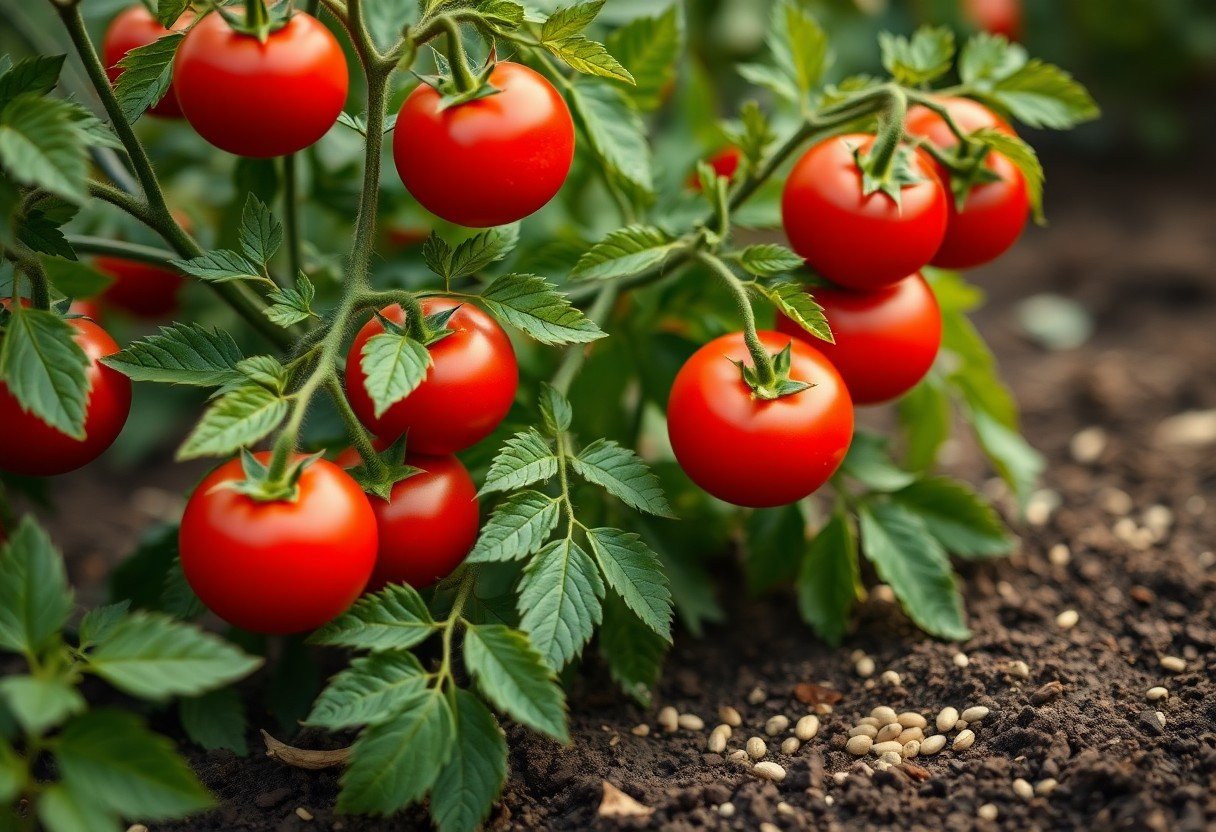
Factors Influencing Tomato Yield
Not every tomato plant will yield the same amount of fruit, and understanding the factors that impact your tomato yield is crucial for a successful harvest. From environmental conditions to plant care practices, there are several elements you should consider to maximize your productivity. Below is a list of primary factors that can influence your tomato yield:
- Climate and Location
- Variety Selection
- Soil Health
- Water Supply
- Pest Management
The right combination of these factors can significantly improve your tomato crop, leading to the delicious, juicy harvest you desire.
Climate and Location
An understanding of climate and location is pivotal when it comes to growing tomatoes. These plants thrive in warm temperatures, ideally between 70°F to 85°F (21°C to 29°C) during the day, and require at least 6 to 8 hours of sunlight. If you live in an area with cooler temperatures or extended rainy seasons, you may need to employ protective measures, such as using row covers or planting in raised beds to improve soil warmth and drainage.
Furthermore, your specific geographic location can impact the types of pests and diseases present, which can adversely affect your yield. By evaluating the climate of your region, you can select the appropriate varieties and adapt your gardening strategies to create a more favorable environment for your tomatoes.
Variety Selection
If you want to achieve a bountiful harvest, selecting the right tomato variety for your growing conditions is vital. Different tomato varieties have unique growth habits, flavor profiles, and resistance to pests and diseases. For example, determinate varieties tend to bear all their fruit at once and are great for canning, while indeterminate varieties produce smaller amounts consistently over the growing season, perfect for fresh eating.
Influencing your overall yield can start with research and selection of varieties that suit your climate, growing conditions, and intended use. Factors to consider include disease resistance, days to maturity, and fruit size. Ultimately, choosing the best variety for your specific situation will play a significant role in the success of your tomato cultivation efforts.
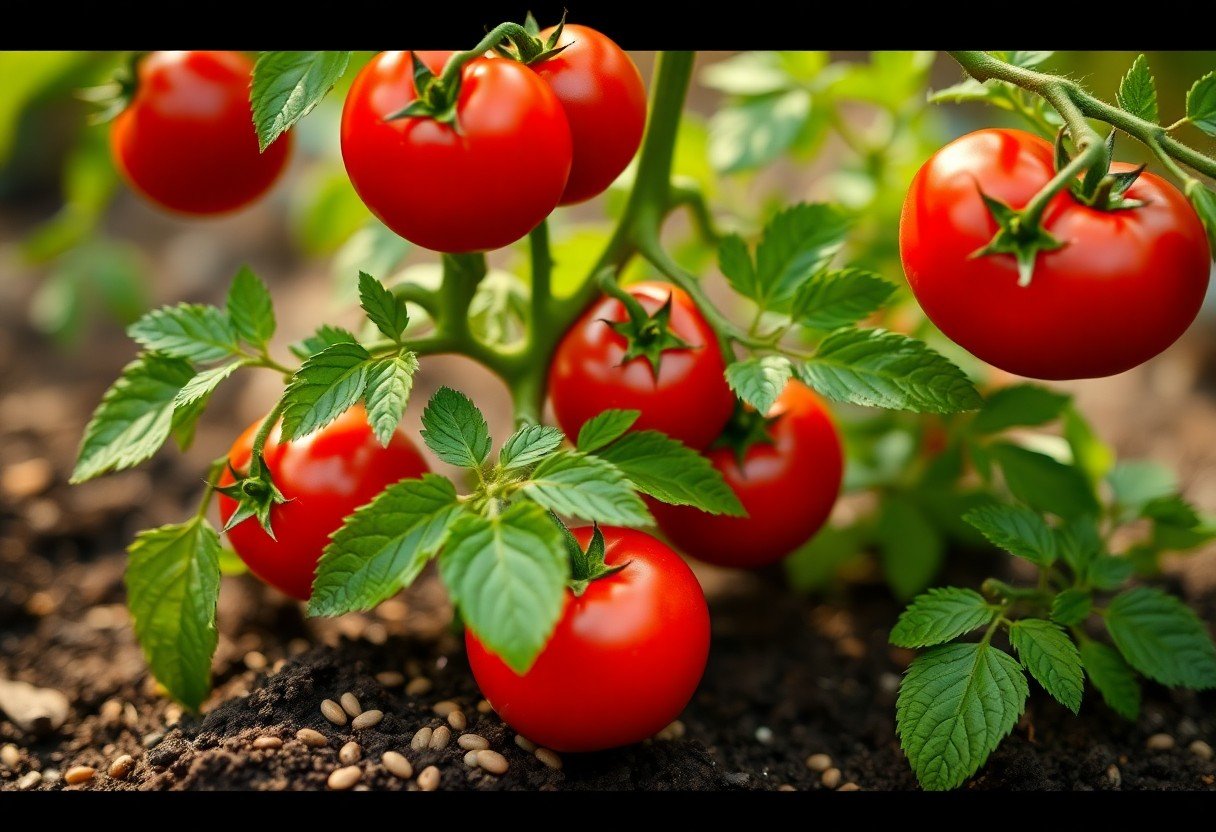
Pros and Cons of Different Tomato Varieties
Unlike many plants, tomatoes come in a multitude of varieties, each with specific traits that cater to different tastes and conditions. Understanding the pros and cons of these varieties will enable you to select the best option for your garden and culinary needs. Below is a breakdown of the advantages and disadvantages of various tomato types.
| Variety | Pros and Cons |
|---|---|
| Cherry Tomatoes | Pro: Sweet and small, perfect for snacking. Con: Short shelf life. |
| Beefsteak Tomatoes | Pro: Large and meaty, great for sandwiches. Con: Requires a lot of water. |
| Roma Tomatoes | Pro: Excellent for sauces and canning. Con: Less flavor when eaten raw. |
| Heirloom Tomatoes | Pro: Unique flavors and historical significance. Con: Often less disease resistant. |
| Jubilee Tomatoes | Pro: Bright color and rich taste. Con: Can be prone to cracking. |
| Sun Gold Tomatoes | Pro: Exceptionally sweet and prolific. Con: Can be more susceptible to pests. |
| San Marzano Tomatoes | Pro: Ideal for sauces with low acidity. Con: Requires longer growing season. |
| Brandywine Tomatoes | Pro: Rich flavor and great size. Con: Tends to split easily when overripe. |
| Tomatillos | Pro: Unique, tangy flavor for salsas. Con: Not a true tomato, different growing requirements. |
| Green Zebra Tomatoes | Pro: Striking appearance and tangy flavor. Con: Often less sweet than red varieties. |
Sweet vs. Acidic Flavors
Assuming you’re aiming for a garden that beautifully balances flavors, you will need to carefully consider the sweetness and acidity of your selected tomato varieties. Sweet tomatoes, like Cherry and Sun Gold, are perfect for fresh eating and salads, while those with higher acidity, such as Roma and San Marzano, shine in sauces and cooking applications. By planting a diverse selection, you can enjoy a wide range of flavors that will enhance your culinary creations.
In addition to your personal preference for sweetness or acidity, the growing conditions in your area can also influence the flavor profile of your tomatoes. Factors such as soil composition, climate, and the amount of sunlight can affect the sugar and acid levels in the fruit. Thus, it is crucial to grow varieties that not only suit your palette but also thrive in your specific environment.
Growth Habits and Disease Resistance
Cons of growing tomatoes often involve their susceptibility to various pests and diseases, which can be mitigated by selecting the right varieties. For instance, indeterminate tomatoes may provide a longer harvest season but need more support and space. On the other hand, determinate types are often bushier and can be easier to manage in limited spaces. When choosing between these growth habits, consider your garden layout and how much care you are willing to invest.
Flavors and cultivation aside, disease resistance is another critical consideration when selecting tomato varieties for your garden. Some types, particularly heirlooms, may lack the robustness of hybrids bred for disease resistance, and hence you may need to spend extra time on preventive measures. On the flip side, many hybrid varieties have been specifically engineered to resist common tomato diseases, reducing the likelihood of crop failure. This can be especially important if you are gardening in areas where tomato diseases are prevalent. Combine your choice of flavors with an understanding of disease resistance for a thriving harvest.
Harvesting Techniques
Signs of Ripeness
Any experienced gardener knows that timing is key when it comes to harvesting tomatoes. You should look for specific indicators to ensure your tomatoes are ripe and ready for picking. A ripe tomato will generally exhibit a deep, vibrant color, with variations depending on the specific variety you are growing. Additionally, the skin may develop a slight sheen. When gently squeezed, a ripe tomato should give slightly to the touch, indicating it has reached the ideal softness, while remaining firm enough to avoid bruising.
It’s also helpful to observe the leaf stems of your plants; when they begin to turn yellow or dry out, it can signal that the fruit is at its peak. Pay close attention to the overall growth and development of your tomatoes, as they will often continue to ripen even after being picked, provided they are in the right conditions. By knowing these signs of ripeness, you can maximize flavor and texture in your harvest.
Best Practices for Picking
Harvesting tomatoes at the right moment involves more than just checking color and firmness; it requires some thoughtful techniques to ensure you preserve the integrity of the fruit and the plant itself. When it’s time to pick, always use clean, sharp tools, such as pruning shears, to avoid damaging the plant’s surrounding branches and leaves. If you prefer to pick tomatoes by hand, grasp the fruit gently but firmly and give it a slight twist while pulling; this should help detach the stem without causing harm.
It’s advisable to harvest your tomatoes in the morning when temperatures are cooler, as this helps preserve the fruit’s freshness. Be sure to handle your tomatoes with care and place them in a breathable container, avoiding stacking them too high to prevent bruising. By utilizing these best practices, you can ensure a successful and bountiful harvest that you can enjoy straight from your garden or use in your favorite dishes.
To wrap up
Conclusively, by following the insights and techniques shared in ‘Tomato Tales – Your Ultimate Guide from Seed to Juicy Harvest,’ you are equipped to initiate on an enjoyable and rewarding journey into tomato cultivation. From selecting the right seeds to understanding the intricacies of soil management, watering, and pest control, this guide provides you with comprehensive knowledge that empowers you to cultivate a thriving tomato garden. By applying the principles outlined in this guide, you will not only elevate your gardening skills but also enhance the quality of the produce you share with your family and friends.
Your efforts in nurturing your tomato plants from seed to harvest will enrich your gardening experience and instill a sense of pride in your accomplishments. With diligent care and attention, you will soon find yourself enjoying fresh, flavorful tomatoes that surpass anything available at the store. This journey is as much about personal growth as it is about the tomatoes themselves, fostering a deeper connection with your garden, nature, and the rewards of your labor. So, get your hands dirty and start your tomato-growing adventure today!


